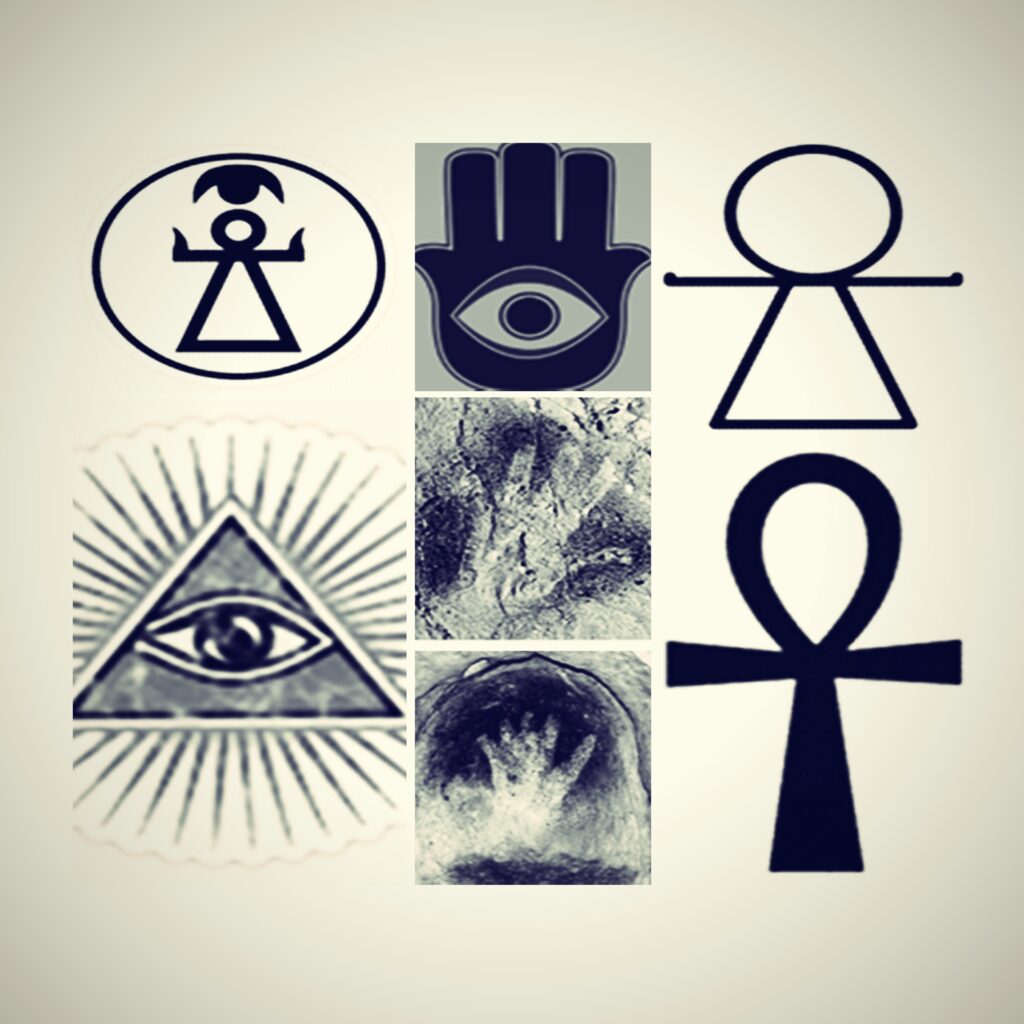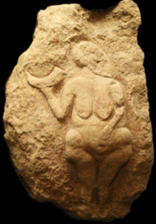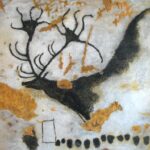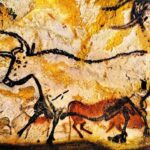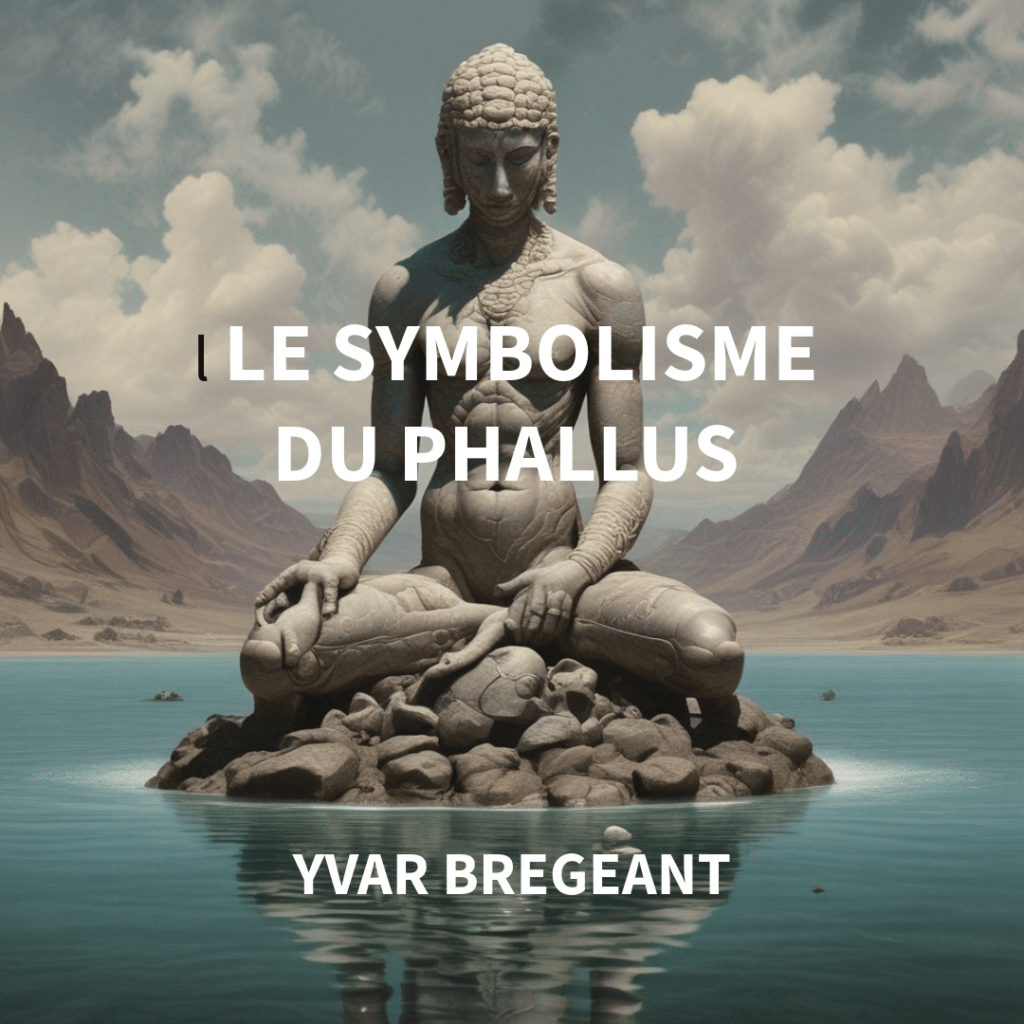The dictionary of symbols of prehistoric and ancient mythological religion
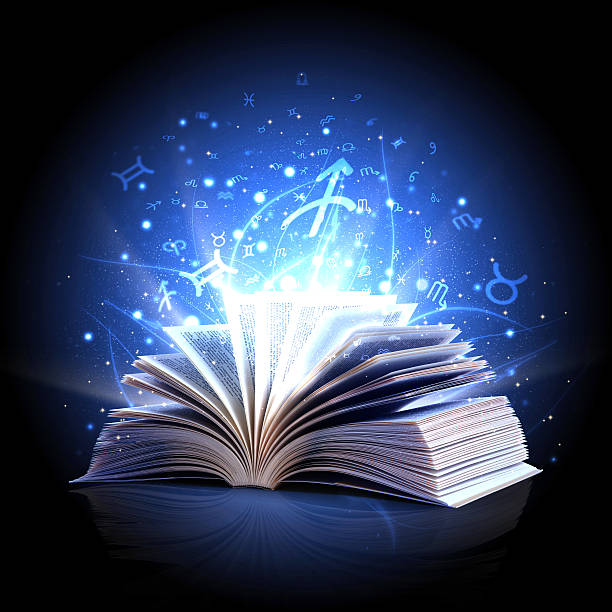
Presentation
The different symbols of the divinised primordial mother
Explanation through analysis of the symbols of Tanit and the sacred Sumerian and hieroglyphic etymology
Associated with the symbols of the Egyptian Ankh, the Eye of Providence (Deists, Freemasons, Illuminati) and the Cross.
This article is a foundation stone for understanding the profound symbolism of certain specific cave hands and of all the symbols listed, demonstrating through their interconnection the universality and timelessness of this hidden aspect of the cult of the great divinity, celebrated by paganism from prehistoric times right up to the present day.
This article explains why the Mother Goddess and the great deities were depicted in a crouching position.
We will see the link with the belief in their power to bring fertility to the world of the living and, above all, rebirth to the dead.
We’ll also look at the close link between this representation and the symbolic category of fluids.
The different symbols of the primordial divinized man
The aim of this article is to help you understand one of the major meanings of the symbolism of the phallus, namely that it represents the divinised primordial father or father of the gods, by means of a sacred etymological analysis (Sumerian and hieroglyphic) and a comparative symbolic and mythological analysis.
